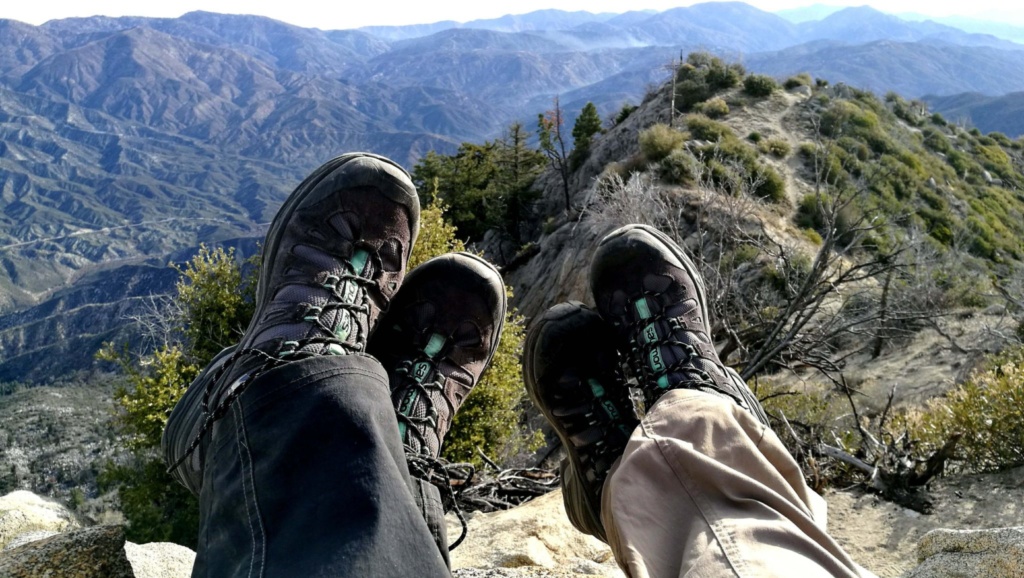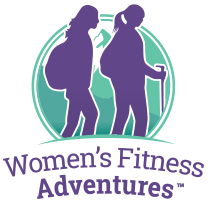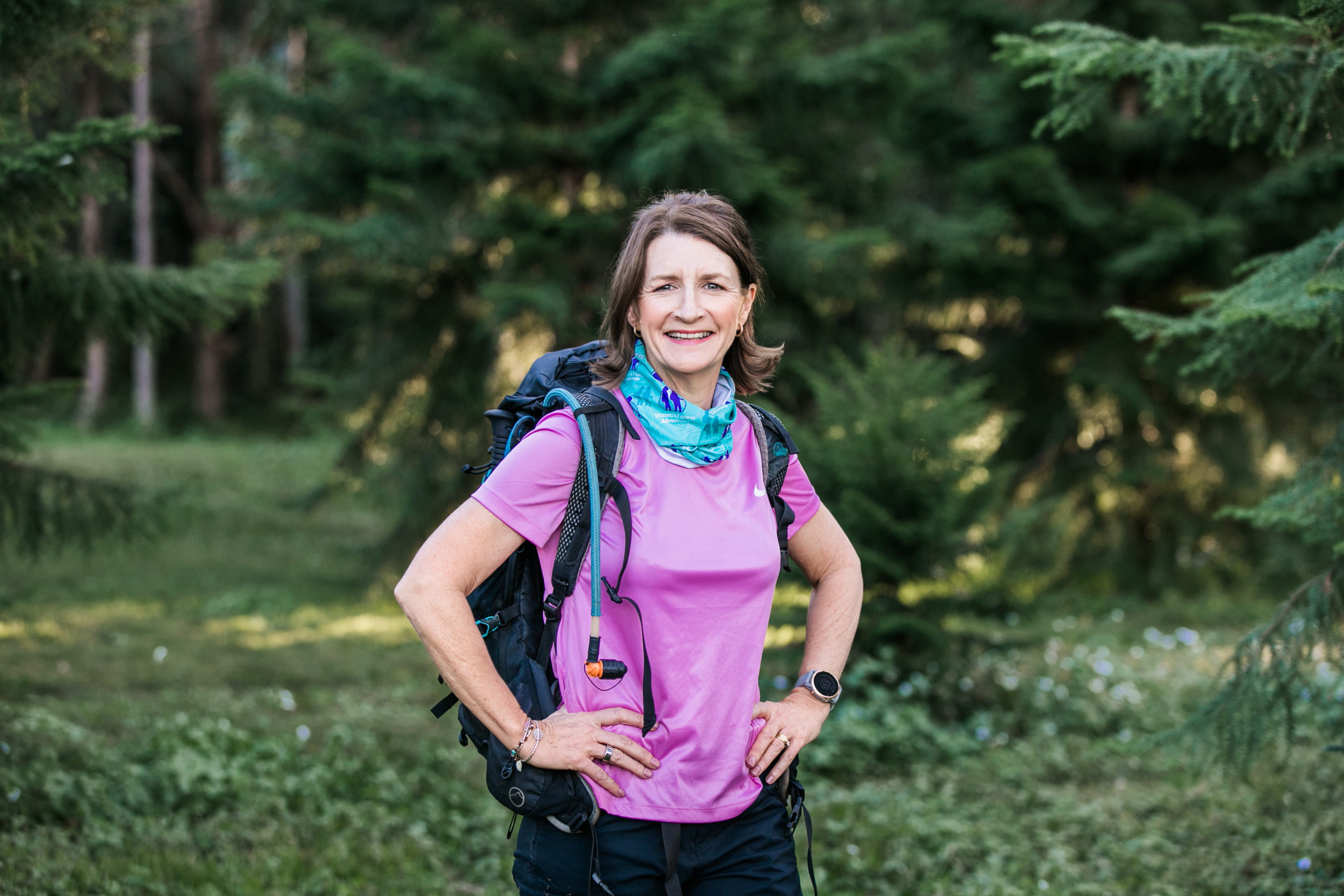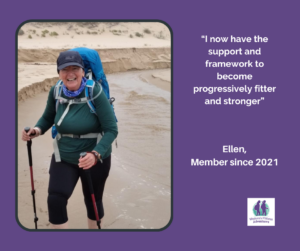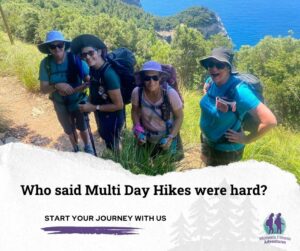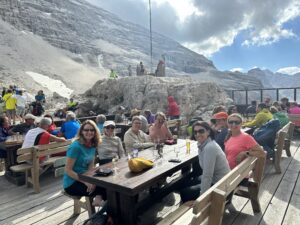Blisters
Blisters are probably the most common to number one injury we will experience on our fitness adventures.
Why me though? Unfortunately, some are more prone than others.
We got together with C.R.E.W Member and Podiatrist, Joanne Byster-Bowles for some insight into blisters, how they form and why some of us are more prone than others.Our focus should be primarily of prevention rather than treatment.
Why do blisters form?Blisters form due to shear friction of the soft tissues between skin and bone. They initially present as a hot spot, which should be immediately addressed.
Friction can occur for a variety of reasons. We have listed some below as they relate to the feet.
1. Incorrect shoe fitting.
It is vital that shoe wear is of the correct fit, correlates to the shape of your foot, allows enough wiggle room for toes and is not to tight or too loose. When choosing a shoe or boot, you should allow a thumb width between the end of the longest toe and the end of the shoe upper. You should also consider the terrain and possible weather you may experience. Shoe treads and the upper’s material may influence your decision making process. Waterproofing will modify the in shoe micro climate and affect skin moisture. Blister prevention requires minimisation of those forces at both the skin-sock interface and the sock-shoe interface.
2. Shoe Lacing
From our members experience, we know that lacing can be individualised for differing foot shapes but also requires adjustment through out the day to allow for slippage and swelling. Did you know there are about 27 ways to tie a shoelace? For more lace tying options you can click here.
3. Foot/skin conditions
Skin and soft tissues require time to adjust to the new boots and activity [studies suggest 2-3 weeks]. Remember thick calloused/corny skin is more prone to blistering so ensure regular podiatry care. Your feet on average perspire 300 mls of fluid a day. As moist skin is also more prone to blistering you should consider sock materials with enhanced wicking. When choosing socks, consider wool and or synthetic materials [polypropylene, polyester- eg Coolmax] that are specifically designed for hiking. Other features may include zonal padding for improved comfort and toe socks to reduce interdigital (between the toes) friction. Or, you may prefer to wear 1 pair of thicker socks or utilise a double sock system with the first thinner sock to prevent blistering. Double sock systems deliver a new dimension in friction reduction to the skin/sock and sock/shoe interface with an added sock/sock interface To reduce foot perspiration, antiperspirants, powders, astringents, lubricants, taping and dressings have all been used and all have benefits and contradictions.. Silver or copper materials may also improve thermoregulation and also have anti-microbial qualities which may be of benefit for those suffering hot or cold feet or as a skin integrity aid while resting. Cotton is not recommended for hiking (this is across all aspects of clothing from head to toe)
4. Innersoles and Orthotics
Innersoles and orthoses will modify and reduce some of the forces experienced by the foot dependent upon the type used. Innersoles will decrease peak and shear forces by increasing surface area whereas orthoses will modify the magnitude and timing of forces, thereby reducing blistering. Anti friction patches [a Teflon material] placed in the boot itself will reduce friction by reducing the friction between the sock and the shoe rather than a lubricant which reduces friction between the sock and the skin . eg Engo patches have a coefficient of 0.16, are 0.38mm thick [so not bulky] and have an approximate life of 500 km. Joanne is a trained Podiatrist with at the Foot and Balance Centre, based at Tugun on the Gold Coast. Jo is a very active member of Women’s Fitness Adventures since 2016.
